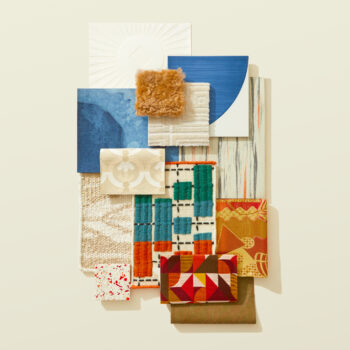
Access to natural light is a crucial factor in enhancing our overall well-being. The presence of natural light in a space doesn’t just illuminate a room; it uplifts the spirit, boosts mood, and promotes productivity. In modern design, maximizing natural light has become a central focus, as more architects and designers recognize its positive effects on both mental and physical health.
One of the most effective ways to allow natural light to permeate a space is through the thoughtful use of materials. Elements like glass, resin, and low furniture play a significant role in ensuring that light travels freely throughout a room. Glass, in particular, is a versatile material that not only facilitates the flow of light but also offers the flexibility to create transparent barriers without obstructing sightlines. Resin, with its semi-translucent properties, adds an element of diffusion, softening the light while still allowing it to brighten the space. Low furniture, on the other hand, prevents the interruption of light paths, ensuring that natural illumination reaches every corner of the room.
Incorporating unique architectural features further enhances the play of natural light within a space. Uniquely cut panels and innovative brickwork can introduce an additional layer of depth and pattern, creating a dynamic interplay between light and shadow. These elements add texture and visual interest, making the room feel more alive and engaging. Open spaces, which are integral to modern design, allow for unobstructed light flow, creating an airy and spacious atmosphere. When combined with the right materials and architectural features, these design choices can transform any room into a bright, welcoming environment that fosters well-being and comfort.
Read more on adding light to your building with our article, Structural Glass for Light-Filled Spaces.







